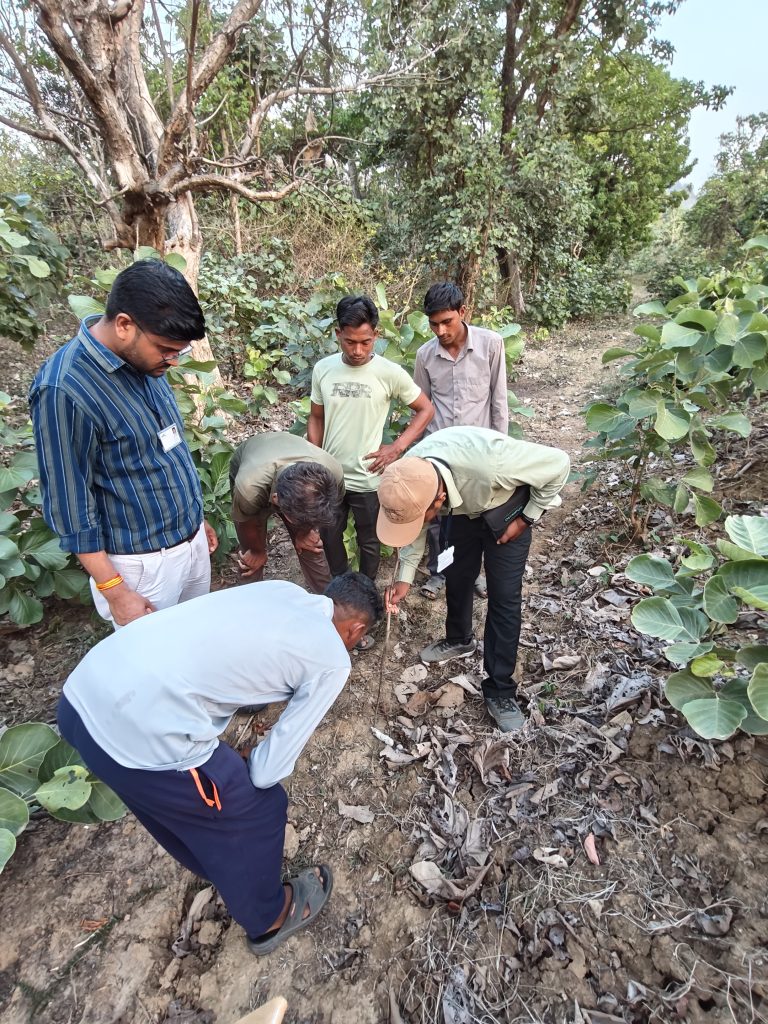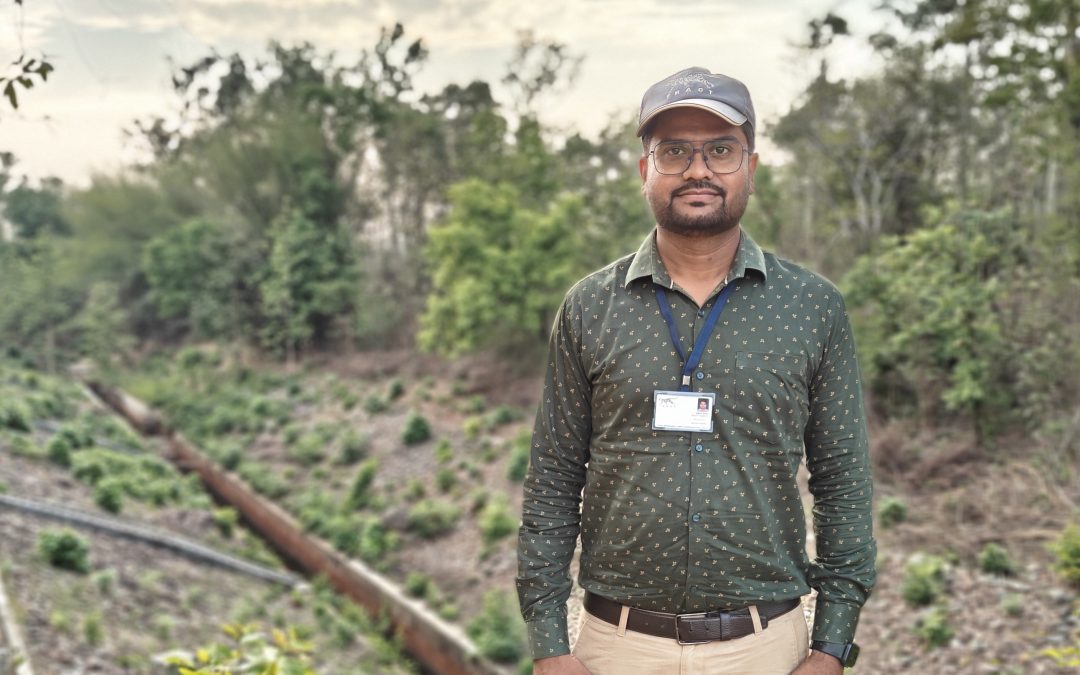Meet Aman Sahu, Programme Manager at SLTP partner Tiger Research and Conservation Trust (TRACT). Aman speaks to us about his initial years of working on the Village Social Transformation Mission in Pench Tiger Reserve and how it inspired him to work towards finding solutions for the coexistence of local communities with their surrounding forests and wildlife.
- Tell us more about yourself and what got you interested in working for the environment.
Born and brought up in Nagpur, and with a degree in marketing under my belt, I have had the opportunity to work in different sectors like retail, education and rural development.
Through my initial years of working with TRACT as a manager for handling the Village Social Transformation Mission in the Pench buffer, my interest in the forest and wildlife sector grew, and I understood the importance of coexistence of people and wildlife. During my time in the forest and villages situated in the buffer, I was able to understand the challenges of people and the threats faced by the wild life.
- How does a typical day unfold for you? Tell us a bit about your daily tasks and conservation work.
My responsibilities as a program manager require me to balance administrative work and various field visits. I coordinate with my colleagues working in the field, ensuring the receive assistance and support from the office required for smooth working.
Through my weekly field visits to all the project sites situated in the 3 landscapes where we work, I work with our team to coordinate with the forest department personnel and understand the on ground requirements towards which we as an NGO can contribute. I am also responsible for maintaining timelines, and ensuring proper implementation of the projects.
- What do you love about your current job ?
I wish to contribute for the betterment of the society. The TRACT platform has given me this opportunity to do something to contribute to the environment and people.
I enjoy patrolling the forest with the field team and participating in activities with them. Addressing the challenges of unemployment that lead to the community’s presence in the forest drives me. Finding solutions or alternatives to their dependence on the forest is a challenge I wish to help solve.

Aman undertaking a patrol with the field team and local community in Navegaon Nagzira Tiger Reserve
- Could you share a key learning or experience from the field ?
Through the learnings gathered during my conservation work I have realised that awareness is the key to mitigation. It is crucial to make people aware about the importance of forest and wildlife conservation, and the efforts need to be continuous and long term. It takes a long time to bring a behavioural change in the attitude of the community for the environment.
I also realized that inclusion of the local communities is a very effective way to get best conservation results. It is important to identify local youth from the buffer villages who have an inclination towards the conservation of the environment, build their capacities, and encourage them to work together for the conservation work. They need to be a part of the process, rather than be fence sitters. It is imperative for them to understand the importance of forests, but this is only possible when their basic financial needs for survival are fulfilled.
- Do you feel optimistic about the future of the natural environment of India ? Have you experienced a positive change regarding conservation in your area ?
Wildlife decorates the natural world with its exclusive method of survival. As per tiger reports in the year 2022 Tiger population is increasing which is a positive impact of wildlife conservation in India.
Yes, I have experienced a positive change in my area, people are gradually reducing their dependence on firewood and other forest produce, thereby reducing their time in the forest and vulnerability to attacks by wild animals. Our awareness programs and efforts to create leadership and participation of locals in mitigating human – wildlife conflict in more than 250 villages has resulted in attitudinal change; and a major portion of the community are following safety measures to avoid the conflict with wildlife.

